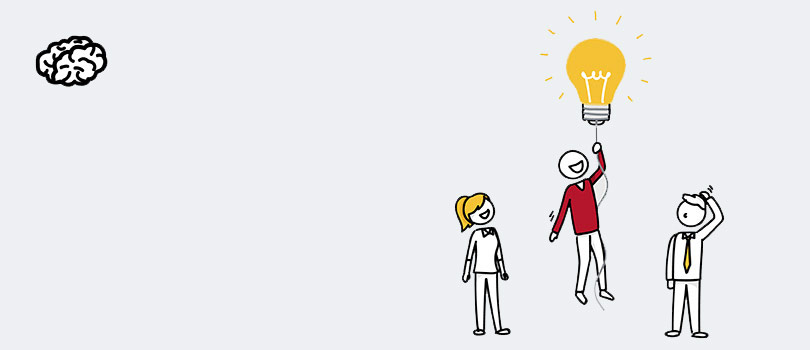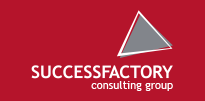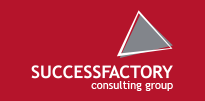User Experience (UX) and Design Thinking

User Experience (UX) is a holistic approach to achieve a user-centric design of products and services. The needs of the users and their context of use are in the foreground and are considered in development. In this way, innovative and intuitively usable products can be successfully designed. The goal is to create a positive customer experience. The systematic application of design thinking methods ensures that key success factors for the development of innovative solutions are taken into account:
- Focusing on the right target group
- Understanding the target group and making demands
- The target group can see an added value at an early stage through agile development and prototyping.
- User feedback ensures that the product actually meets the requirements
- The target group is willing to pay for the offer

Design Thinking is the method kit that conveys the ability to create a secure, positive customer experience as well as a new way of thinking that leads to a permanently changed approach. Design Thinking typically runs through six phases:
- Plan
- Emphasize
- Define
- Ideas
- Prototyping
- Test

Design Thinking thrives on iterations based on what you have learned. Results from the test phase flow back to the earlier phases in order to achieve an optimal customer experience. Tools used in the design thinking process are stakeholder analysis, customer journey mapping, customer interviews and rapid prototyping, depending on the task to be solved.
In addition, the application of Design Thinking leads to a change of consciousness aligning everything you do with the customer experience. Achieving this, activating factors in the organization must be taken into account. First, we understand that the business objectives of your company are incorporated into the design thinking by means of the application of the Business Model Canvas. Second, we accompany the first projects as coaches. Specifically, we support:
- Creating a Business Model Canvas
- Creating a Value Proposition Canvas
- Creation of a Design Thinking Project Plan
UX and Design Thinking Trainings
An overview of the trainings we offer on UX and design thinking can be found here:
The participant gets to know the method kit of design thinking and develops a feeling for what design thinking wants to achieve in a “Quick Challenge”.
The participant gets to know the method kit of the design thinking and goes through individual methods of the design thinking cycle. In doing so, theoretical knowledge is better understood and consolidated through experience.
The participant gets to know the method kit of the design thinking and goes through all phases of a design thinking cycle during a design challenge (a concrete task). In doing so, theoretical knowledge is better understood and consolidated through experience and implementation.

